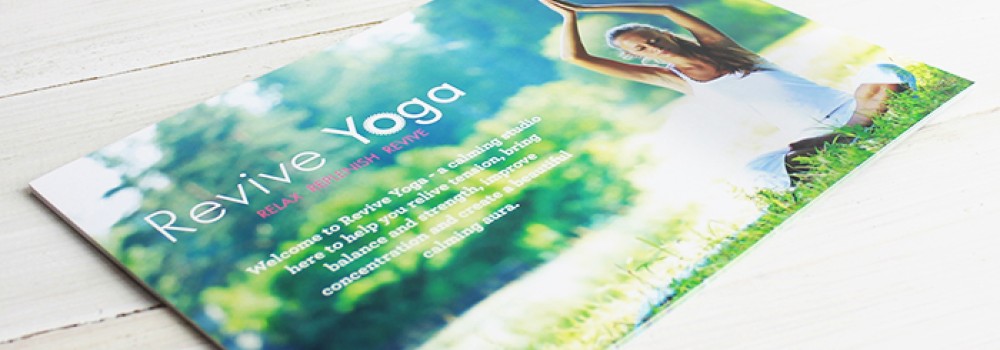When it comes to print design, the devil is in the details. One of those crucial details that can make or break the final product is the bleed. Understanding and implementing bleed properly in your design files can ensure your prints come out looking professional and polished. Today, we will dive into why adding a 3mm bleed to your printing project is essential.
What is Bleed?
Bleed refers to the area outside the document's final size where your design extends. This extra space is crucial because it ensures that no unprinted edges appear in the final trimmed document. In other words, bleed is the part of your design that will be trimmed off, and it usually extends beyond the edge of your document by a few millimeters.
Why 3mm?
The standard bleed size for most printing projects is 3mm. This dimension is widely accepted in the industry and provides a sufficient margin to account for any slight shifts that may occur during the cutting process. Here's why a 3mm bleed is important:
-
Compensates for Cutting Inaccuracies: Even with advanced cutting machines, slight variations can occur. A 3mm bleed ensures that these small shifts won’t result in white edges or missing parts of your design.
-
Professional Finish: A design with no bleed or inadequate bleed can look amateurish if the cut isn’t perfectly aligned. Adding a 3mm bleed guarantees a seamless appearance right up to the edge.
-
Consistency Across Different Printers: Not all printing equipment is the same. By adhering to the 3mm bleed standard, you ensure your design will be correctly processed by various printers, maintaining consistency and quality.
-
Accommodates Complex Designs: For intricate designs, especially those with background images or elements that reach the edge of the document, a 3mm bleed provides the necessary room to ensure the final product is as intended.
How to Add a 3mm Bleed
Most design software, like Adobe InDesign, Illustrator, or even Photoshop, allows you to set up a bleed when you create a new document. Here’s a quick guide:
-
Adobe InDesign:
- Go to
File>New Document. - Enter your document size.
- In the Bleed and Slug section, set the bleed to 3mm on all sides.
- Go to
-
Adobe Illustrator:
- Go to
File>New. - Enter your artboard size.
- In the Bleed section, input 3mm for all sides.
- Go to
-
Adobe Photoshop:
- Go to
File>New. - Create your document with your desired size.
- Manually extend your canvas size by 3mm on each side and ensure your design elements extend to the new edge.
- Go to
Tips for Working with Bleeds
-
Extend Backgrounds and Images: Always extend background colors and images to fill the bleed area. This ensures they reach the edge of the trimmed document.
-
Mind the Safe Zone: Keep essential text and graphics well within the inner margins of your document. This “safe zone” ensures no critical elements are too close to the edge and potentially cut off.
-
Use Guides: Utilize guides to visualize the bleed, trim, and safe areas. This helps in aligning your design elements accurately.
Conclusion
Adding a 3mm bleed to your printing project might seem like a small step, but it’s a significant one. It’s an assurance of quality, professionalism, and precision. By understanding and incorporating bleeds, you not only safeguard your design against printing imperfections but also ensure that your final product is as impressive as you envisioned. So, next time you start a print project, remember to add that bleed – your prints will thank you for it!

